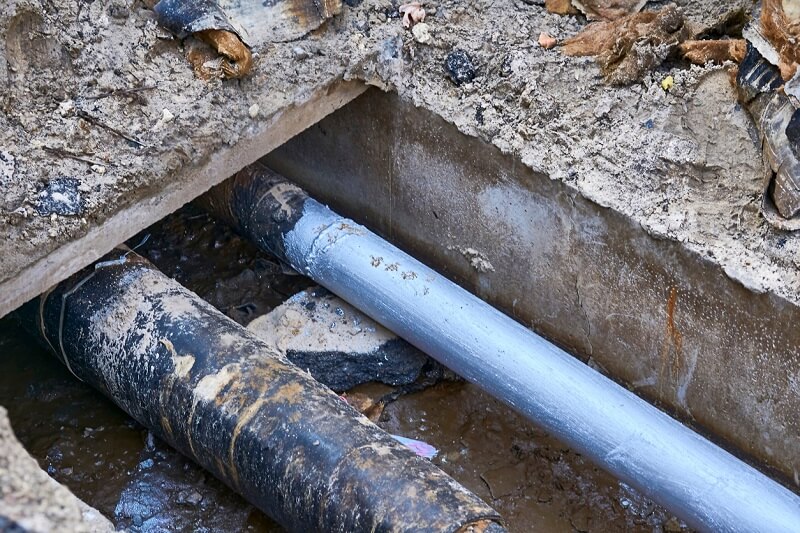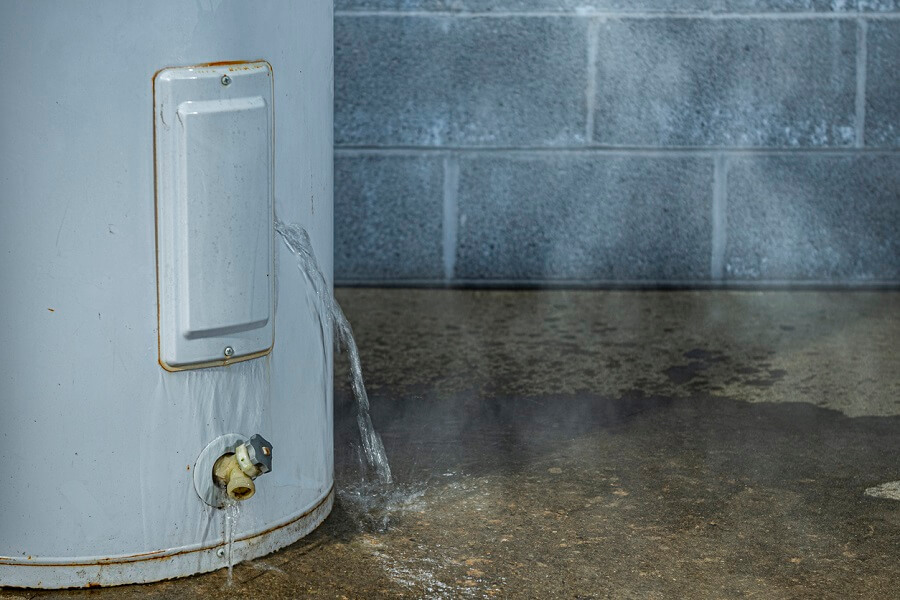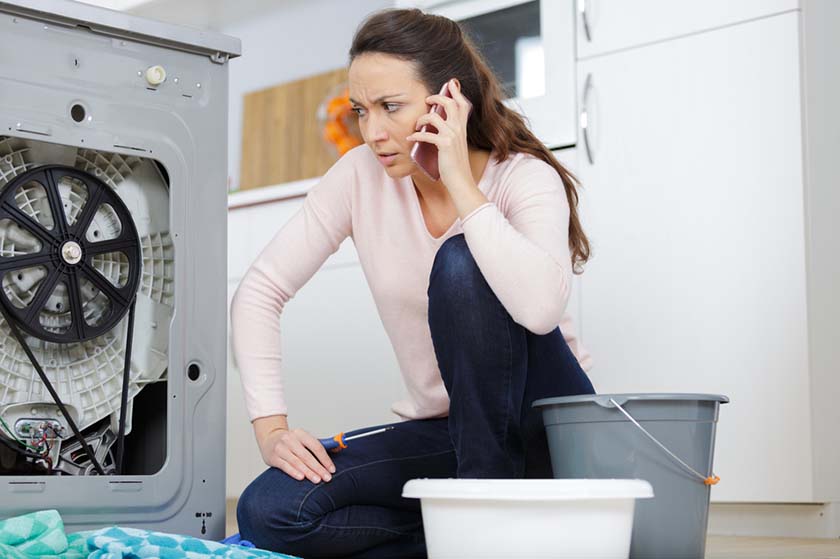Your home’s plumbing system is a complex network, and while we often focus on the pipes and fixtures inside our house, there’s one unsung hero that’s critical to the entire operation: your main sewer line. This is the large pipe that carries all of your household’s wastewater—from your sinks, showers, toilets, and laundry machines—out to the municipal sewer system or your septic tank. When this vital component is compromised, it can quickly turn into a messy and expensive nightmare.
Ignoring the subtle signs of a failing sewer line can lead to catastrophic damage to your home and property. The key is to recognize the early warning signs so you can act before a small issue becomes a full-blown emergency. In this blog, we’ll walk you through the most common indicators of a sewer line problem and explain the most effective way to get a definitive diagnosis.
Why Your Main Sewer Line is a Critical Part of Your Home’s Plumbing
Think of your main sewer line as the highway for your home’s wastewater. Every toilet flush, every shower drain, and every dish you wash ultimately sends its contents down this single pipe. It’s designed to handle a significant volume of waste and debris. However, over time, a number of factors can lead to problems, including:
Age and corrosion: Older pipes, especially those made of cast iron or clay, can corrode, crack, or collapse.
Tree roots: Tree roots in sewer lines are a common culprit. Tree and shrub roots naturally seek out sources of water and nutrients, and the tiny cracks in your sewer line can be a perfect entry point. Once inside, they can grow and form a dense mass, leading to a complete sewer line clog.
Shifting soil: Ground movement due to soil erosion, freezing and thawing cycles, or nearby construction can cause pipes to shift, disconnect, or break.
Improper disposal: Flushing non-biodegradable items like wet wipes, feminine hygiene products, or large amounts of grease can create stubborn blockages.
Understanding these potential causes is the first step in recognizing the signs of a problem.
Sign 1: Multiple Drains are Backed Up
This is often the most obvious and immediate sign of a major problem. If you notice that your kitchen sink, bathroom sink, and shower are all experiencing slow drains or are completely backed up at the same time, it’s a strong indication that the problem isn’t a localized clog in one fixture. Instead, it suggests a blockage in a shared drainage pipe, likely your main sewer line. When the main line is clogged, the wastewater has nowhere to go and will back up into the lowest drains in your home.
Sign 2: Strange Gurgling Noises from Toilets and Drains
Have you ever flushed the toilet and heard a strange gurgling toilet sound coming from the shower drain? Or heard a bubbling noise from your bathroom sink while doing laundry? These noises are a significant red flag. They occur when air is trapped in the drain lines, trying to escape past a blockage. The air bubbles are forced up through the water in your P-traps (the curved pipes under your sinks) creating the gurgling sound. This is a classic indicator of a partial or complete sewer line clog.
Sign 3: The Unmistakable Smell of Sewer Gas
Your plumbing system is designed to be airtight, with P-traps and vents preventing sewer gases from entering your home. If you start to notice a persistent and foul sewer gas smell coming from one or more of your drains, it could mean that a sewer line blockage is causing a pressure build-up that is forcing gases back into your house. It can also indicate a crack or leak in the sewer line itself, allowing gas to escape. This is not just a nuisance; sewer gas contains methane and hydrogen sulfide, which can be hazardous to your health in high concentrations.
Sign 4: Water Backing Up in Unexpected Places
This is a more dramatic and alarming sign of a significant blockage. For example, if you flush your toilet and a few minutes later, water backs up into your shower or bathtub, it’s a clear sign that the main sewer line is blocked. The wastewater from the toilet has nowhere to go, so it takes the path of least resistance and surfaces in the next available drain.
Sign 5: A Soggy or Unusually Green Patch in Your Yard
Your sewer line runs underground from your house to the street. If the pipe has a leak or is completely broken, the wastewater will escape into the surrounding soil. This can lead to a few visible signs in your yard:
A soggy area: A patch of your lawn may feel spongy or constantly wet, even during dry weather.
An extra-green patch: The nutrients in wastewater can act as a natural fertilizer, causing a specific area of grass or plants to grow much faster and appear greener than the rest of your lawn.
A sunken spot: A severe leak can erode the soil beneath your lawn, causing a depression or sunken spot to appear.
These signs are particularly telling and often point directly to the location of the sewer line problem.
Sign 6: Foundation Issues like Cracks or Settling
While less common, a leaking sewer line can cause significant damage to your home’s foundation. As water leaks from the pipe, it can saturate the soil underneath your home, leading to soil expansion and contraction that can put immense pressure on your foundation. This can result in cracks in the foundation, walls, or even uneven floors. If you notice new foundation cracks in combination with other signs on this list, a sewer line issue could be the cause.
Sign 7: Pest Problems (Rodents and Insects)
Sewer lines are a common travel route for rodents like rats and mice. If your sewer line is cracked or broken, it can serve as a superhighway directly to your home. You may notice an increase in rodents in your home, particularly in the basement or around plumbing fixtures. Additionally, broken sewer lines can be a breeding ground for insects like cockroaches and drain flies, which can then find their way into your house.
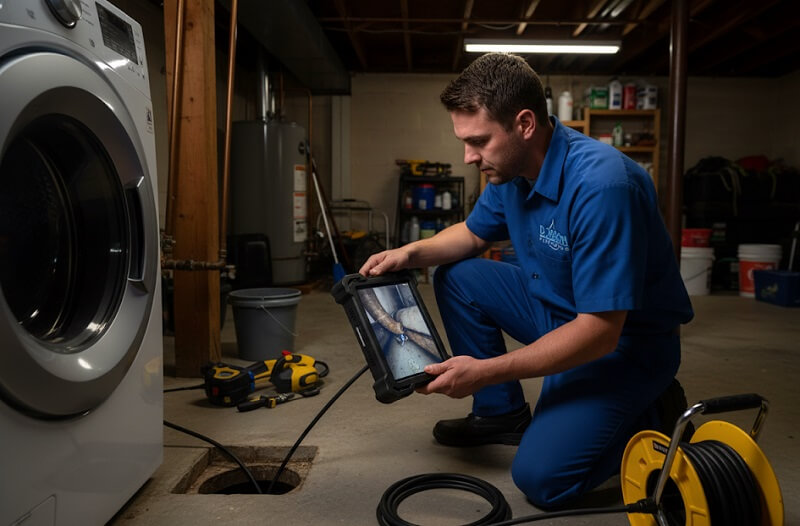
The Definitive Answer: How a Sewer Camera Inspection Works
While the above signs provide strong clues, the only way to get a definitive diagnosis is with a sewer camera inspection. This is a non-invasive, highly effective method that takes the guesswork out of the equation.
A professional plumber inserts a high-resolution, waterproof camera attached to a flexible cable into your sewer line, typically through a cleanout access point. The camera sends a live video feed back to a monitor, allowing the technician to see the inside of your pipe in real-time. This technology allows them to:
Pinpoint the exact location of the clog: Whether it’s a tree root, a grease buildup, or a collapsed section of pipe.
Determine the cause of the problem: They can see if the pipe is cracked, disconnected, or if there’s a foreign object causing the blockage.
Assess the overall condition of the pipe: They can check for age-related wear, corrosion, and potential future problems.
Provide a precise diagnosis: The video footage allows the plumber to show you exactly what’s wrong and make an accurate recommendation for repair.
This service is invaluable, as it prevents unnecessary excavation and allows for the most targeted and cost-effective repair solution.
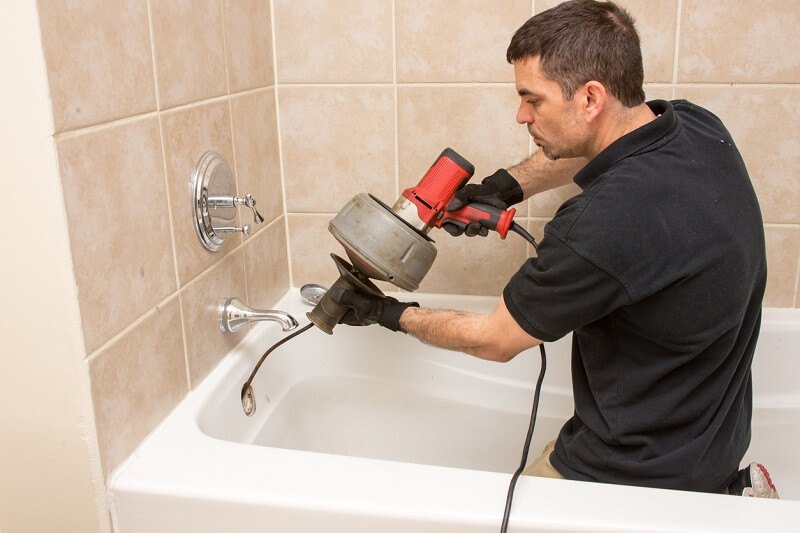
What Are Your Options if You Have a Sewer Line Problem?
Once the problem is confirmed with a sewer camera inspection, your plumber will recommend a solution based on the specific issue. Common repair methods include:
Hydro-jetting: For blockages caused by grease or minor debris, a powerful stream of water can clear the clog.
Pipe snaking: A flexible auger is used to break through and remove clogs like hair or minor tree roots.
Trenchless Sewer Repair: For more severe issues like a collapsed pipe or root intrusion, a trenchless sewer repair is often the best solution. This modern method, which includes pipe bursting and pipe lining, is minimally invasive. It avoids the need for extensive digging, preserving your lawn and landscaping, and is often faster and more affordable than traditional excavation.
Contact D.Jason Plumbing
Don’t wait until a small leak becomes a major flood. If you’re experiencing any of the signs on this list, contact a qualified plumbing professional immediately to schedule a sewer camera inspection. Acting quickly will protect your Etobicoke home, your property, and your wallet from a costly disaster. For any questions or to schedule a consultation, contact D. Jason Plumbing today.
